Category:
Resource Type:
Language:
HC3 in Action: Engaging Men and Adolescent Boys
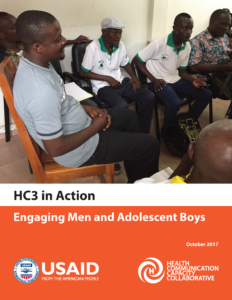
This brief describes key examples from across the Health Communication Capacity Collaborative (HC3) project that can help inform future efforts to engage men and boys in achieving and maintaining an AIDS-free generation, increasing demand for family planning, ending preventable child and maternal deaths, and realizing a malaria-free world.
Guide de Promotion des Produits et Services de Santé Sexuelle et Reproductive pour les Hommes

Le Guide de promotion des produits et services de santé sexuelle et reproductive pour les hommes s’attache à impliquer efficacement les hommes et à créer un environnement favorable de manière à ce que les hommes aient plus souvent recours aux services et aux produits de SSR. Ce guide dérive des leçons apprises de la promotion […]
Webinar: Men as More than Partners: Increasing Men’s Use of Sexual and Reproductive Health Products and Services through SBCC

This June 21, 2017 webinar featured presentations on social and behavior change communication (SBCC) interventions designed to successfully increase men’s demand for and use of sexual and reproductive health products and services.
Guide for Promoting Sexual and Reproductive Health Products and Services for Men

The Guide for Promoting Sexual and Reproductive Health Products and Services for Men focuses on meaningfully engaging men and creating an enabling environment to increase men’s use of sexual and reproductive health (SRH) products and services.
Gender Dynamics and Modern Contraceptive Use Infographic
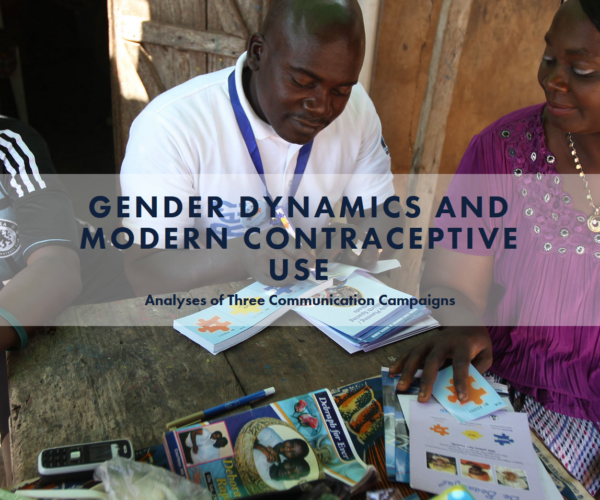
To better examine the associations between communication campaigns, gender dynamics and contraceptive use, Health Communication Capacity Collaborative (HC3) researchers identified three campaign datasets that included variables needed to generate a more robust and conclusive analysis.
Gender Equity and Family Planning Outcomes Infographic

HC3 has developed an infographic to visually demonstrate the role gender equity played in four social and behavior change communication programs. The infographic uses data from a study HC3 conducted in 2015. A follow-up study is now underway.
Young Women’s Savings and Empowerment Clubs: A Guide for Mentors
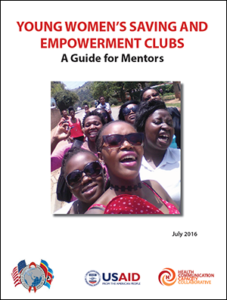
The Young Women Empowerment programme focuses on reducing the vulnerability of young women (20-24) to HIV and gender based violence (GBV) through community-based HIV prevention, using a combination of socio-economic approaches. This tool is focusing on economic empowerment, conducting financial education training and helping to start savings and loans self-help clubs for young women.
Engaging Community Leaders: A Tool For Facilitating Dialogue
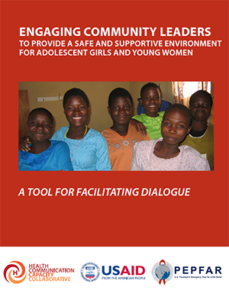
This tool is aimed at engaging community leaders to reduce vulnerabilities and increase the safety of adolescent girls and young women (AGYW) in Swaziland’s HIV response. It was developed to assist community leaders in creating a protective environment to reduce the vulnerability of AGYW and advocate for modification of harmful cultural norms and practices that place AGYW at risk of HIV infection.
Gender and Social and Behavior Change Communication Implementation Kit
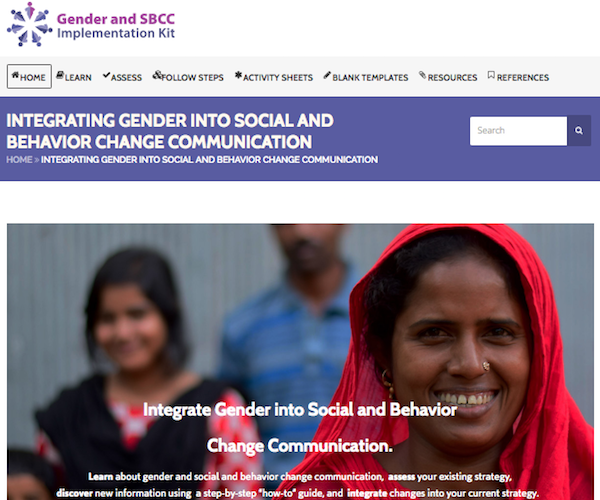
The Gender and Social and Behavior Change Communication Implementation Kit (I-Kit) provides a step-by-step approach to integrate gender into an existing SBCC strategy or marketing plan.
Swazi Men4Health: Communicating About HIV Risk Reduction Strategies with Men

This guide was developed to supplement Swaziland’s extended National Multisectoral Strategic Framework for HIV and AIDS (eNSF) and address its inadequate targeting of interventions and services and lack of intensity for reaching those most vulnerable—in this case, men aged 25 to 39.
Swazi Women4Health: Communicating About HIV Risk Reduction Strategies with Women Aged 25 to 39
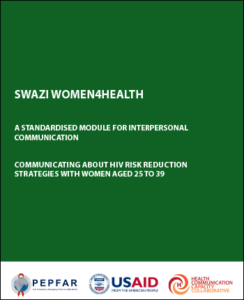
This guide was developed to supplement Swaziland’s extended National Multisectoral Strategic Framework for HIV and AIDS (eNSF) and address its inadequate targeting of interventions and services and a lack of intensity for reaching those most vulnerable—in this case, women aged 25 to 39.
Swazi Girls4Health: Communicating About HIV Risk Reduction Strategies with Adolescent Girls and Young Women
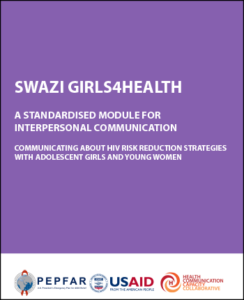
This guide was developed to supplement Swaziland’s extended National Multisectoral Strategic Framework for HIV and AIDS (eNSF) and address its inadequate targeting of interventions and services and a lack of intensity for reaching those most vulnerable—in this case, adolescent girls and young women.
Transforming Gender Norms: Innovative Approaches to Working with Men and Boys for Better RMNCH Webinar
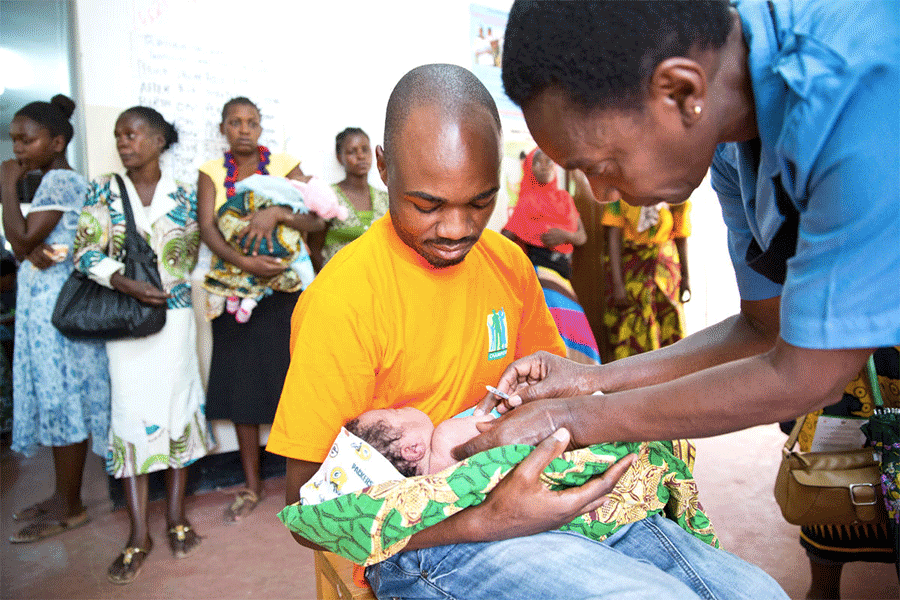
This webinar was held on December 1, 2015, and highlighted couple communication programs employing different approaches to transforming gender norms and behaviors with an emphasis on men and boys.
Innovation Webinar 10: Gender Transformative Approaches
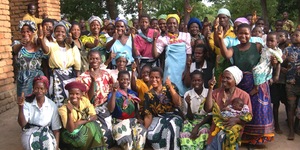
The Health Communication Capacity Collaborative (HC3) held a webinar on September 22, 2015 on gender transformative approaches and social and behavior change communication.
Gender Equity and Family Planning Outcomes in Health Communication Programs: A Secondary Data Analysis (Full Report)
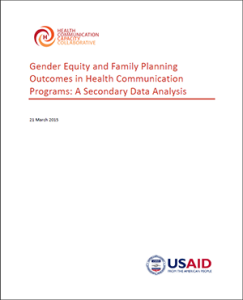
After a brief introduction to the importance of gender equity for health communication efforts to improve RH outcomes, this report outlines the methodology and results for each of the data sets analyzed.
Gender Equity in Health Communication Programs (Report Summary)

Gender equity is an important determinant of health, especially in the area of reproductive health and family
planning. Yet, evaluating the relationship between gender equity and family planning programs is not a
simple task.
Addressing the Role of Gender in the Demand for RMNCH Commodities: A Programming Guide

This guide is a resource for increasing demand for the 13 reproductive, maternal, newborn, and child health (RMNCH) commodities identified as underutilized by the UN Commission on Life-Saving Commodities (UNCoLSC) for Women’s and Children’s Health. This guide provides information and practical tools to help program managers determine how gender norms and roles may limit demand for […]
Gender Transformative Approaches

Gender transformative approaches (GTA) are programs and interventions that create opportunities for individuals to actively challenge gender norms, promote positions of social and political influence for women in communities, and address power inequities between persons of different genders.
Use of the Health COMpass in Guatemala (Spanish)
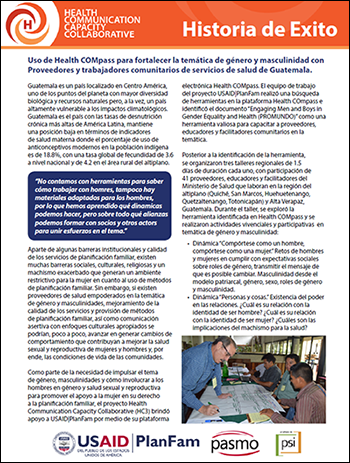
Uso de Health COMpass para fortalecer la temática de género y masculinidad con Proveedores y trabajadores comunitarios de servicios de salud de Guatemala.
Use of the Health COMpass in Guatemala
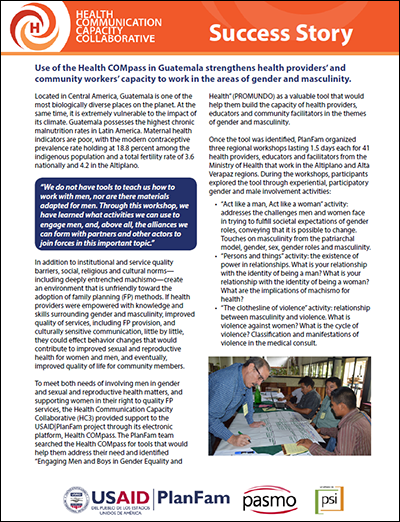
Use of the Health COMpass in Guatemala strengthens health providers’ and community workers’ capacity to work in the areas of gender and masculinity.

